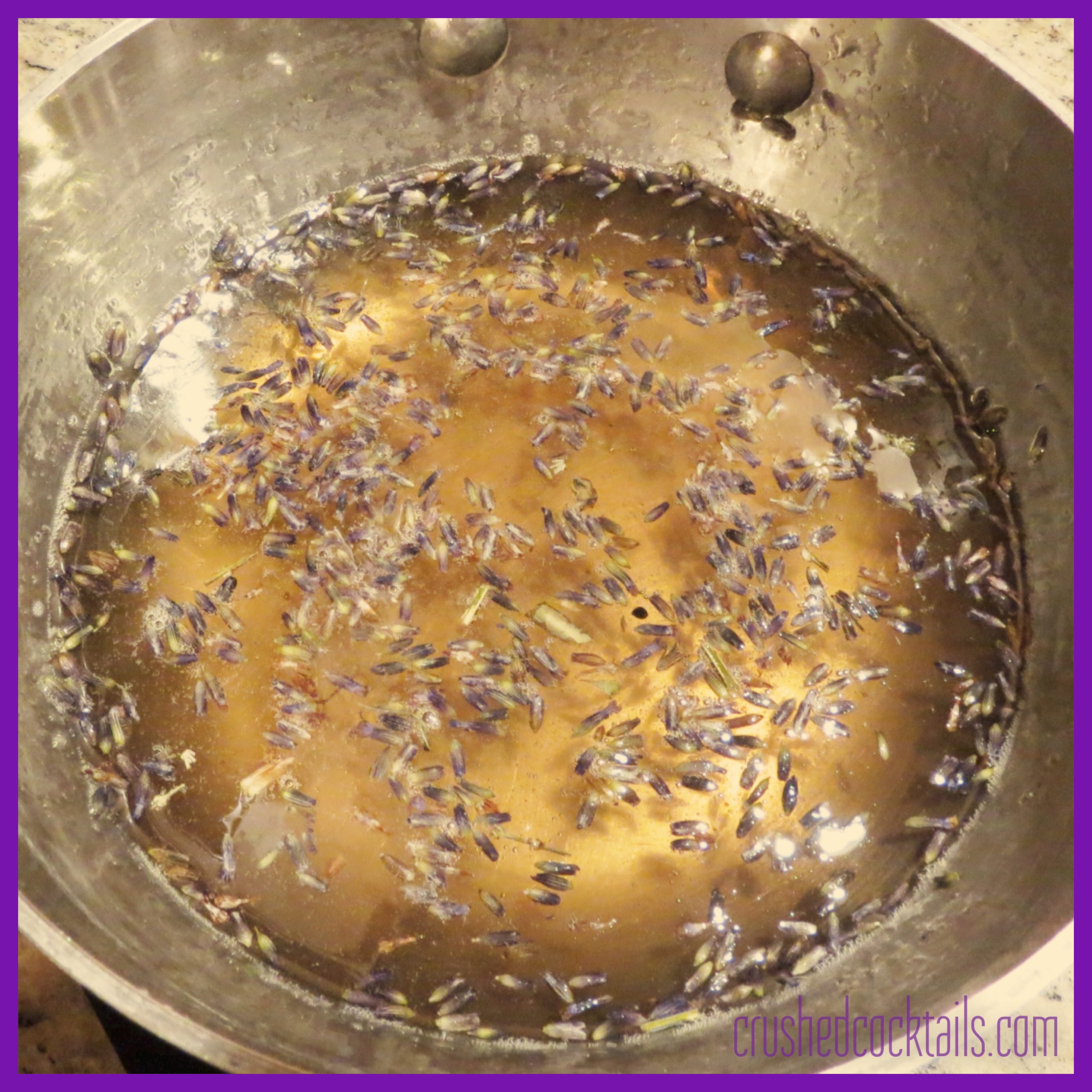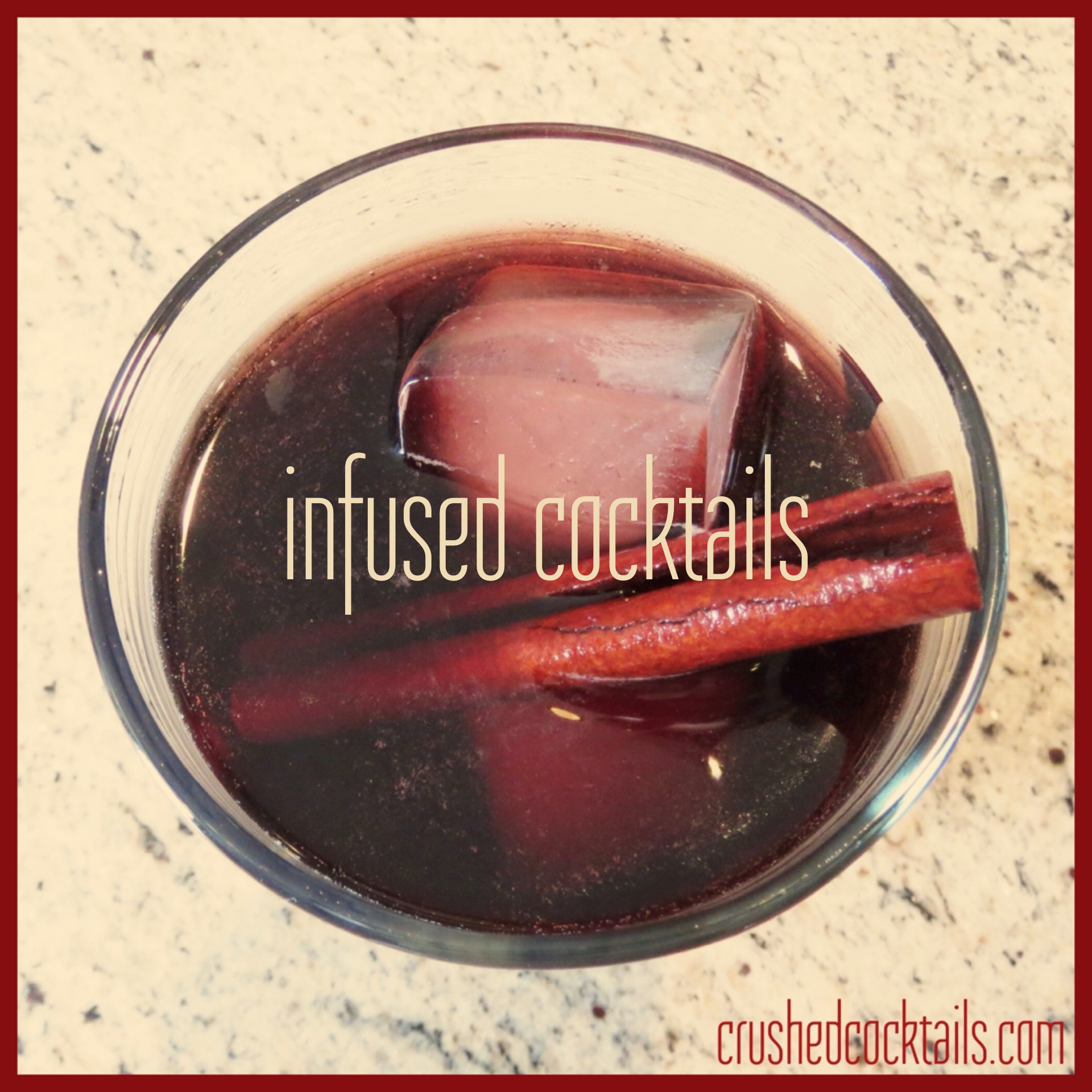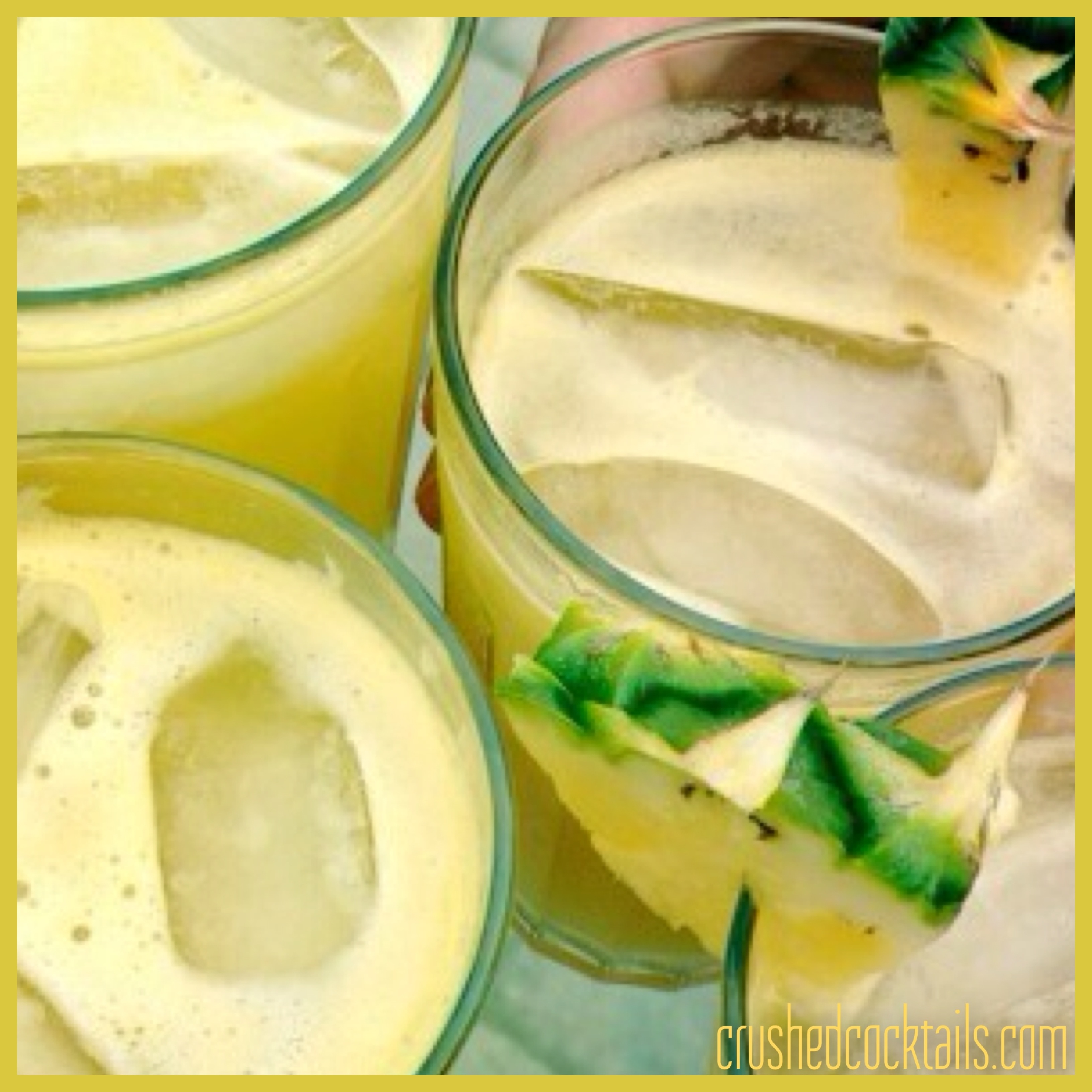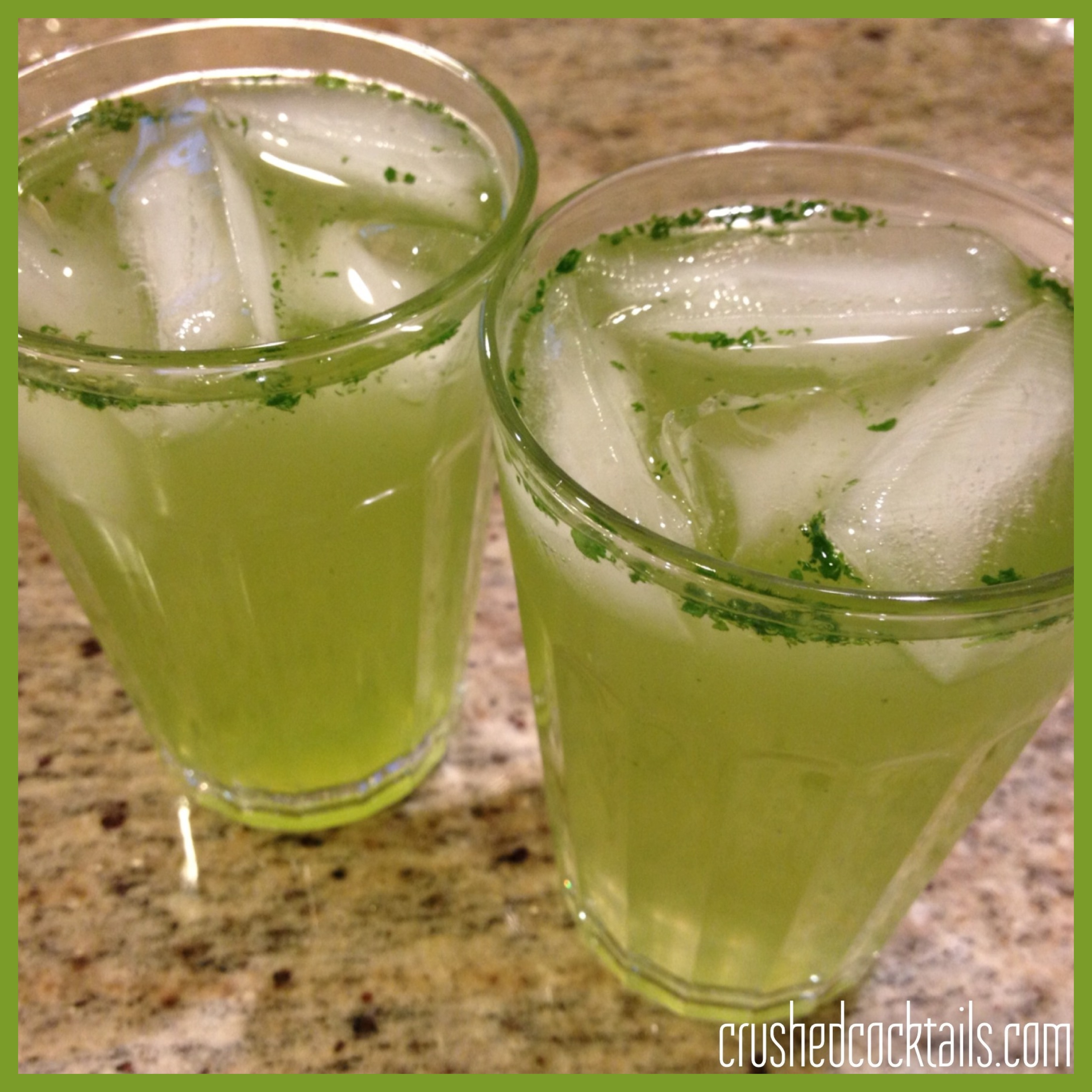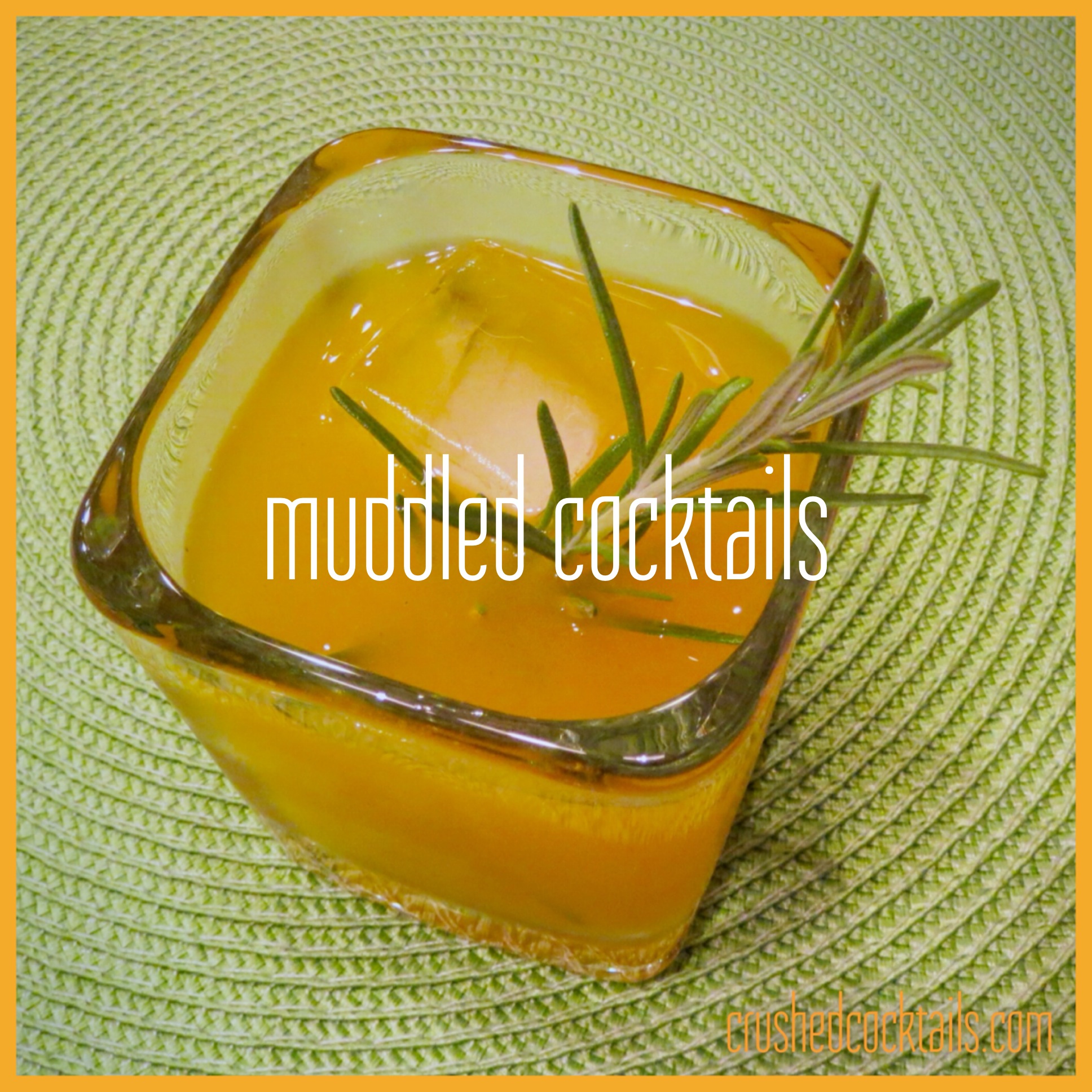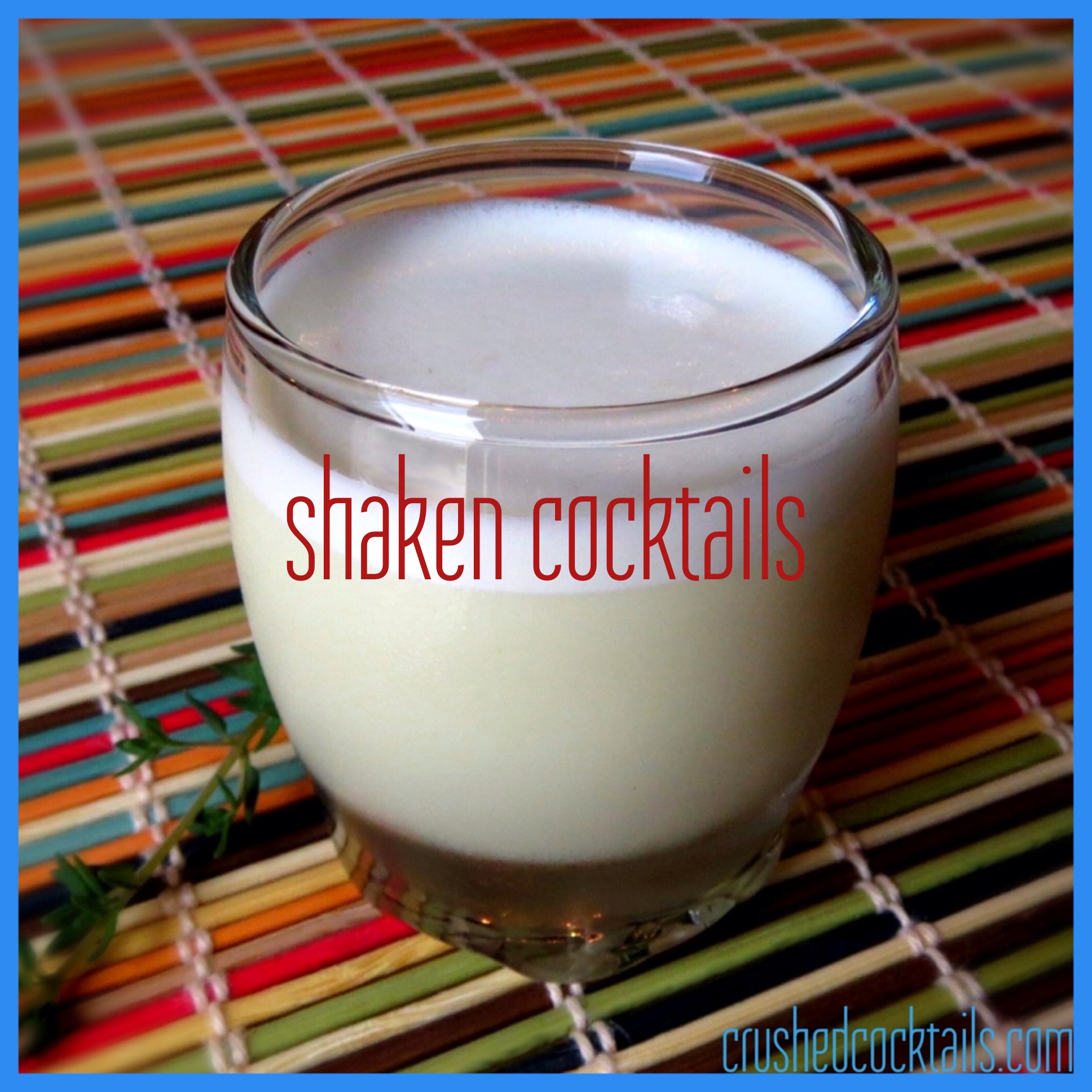infused simple syrup
Most of us at one time or another have probably put sugar crystals into a tall glass of iced tea or other cold beverage, only to spend the next ten minutes stirring until all the granules have dissolved. There has to be a better way! There is. A simple syrup is sugar-sweetened water, which blends immediately and effortlessly with most any drink. (The Japanese have already figured this out, and you can get cute little capsules of simple syrup at any coffee shop, while we chumps here in the U.S. continue to have to stir the contents of sugar packets into our cold beverages. But I digress…) Your basic simple syrup recipe usually specifies a sugar-to-water ratio of 2:1. That will yield 3 cups of a nice sweet liquid that you can store in your refrigerator for up to a month. Very handy. But the possibilities go well beyond such a simple, simple syrup. You can add just about any aromatic (herb, spice, floral, tea, etc.) to flavor it, which opens up a vast range of specific flavoring uses. simple syrup 2 cups sugar 1 cup water Place the sugar and water into a small saucepan over high heat and bring to a boil. Reduce the heat to medium and cook the mixture, stirring occasionally, until the sugar is completely dissolved, approximately 3 – 5 minutes. Remove from heat and add whatever aromatic you desire, making sure to bruise or crumple it (if possible) to release more of the flavor-intense oils. Allow to cool completely, then strain the liquid into an airtight storage container to remove the aromatic, and refrigerate for up to one month. Yield: 3 cups A few examples of suggested aromatics: Cinnamon stick Coconut Dried flowers (hibiscus, lavender, roses, etc. – just make sure they are food-grade) Fresh or dried citrus peel or slices (grapefruit, lemon, lime, orange, yuzu, etc.) Fresh or dried fruits (strawberries, raspberries, etc. Fresh or dried herbs (basil, mint, thyme, cilantro, rosemary, etc.) Tea (black, Earl Grey, green, herbal, matcha, etc.) Toasted nuts (hazelnuts, for example) Vanilla bean I have not provided quantities for the aromatics because it really is a matter of taste. It also depends on the intended use; if it will pair with strong flavors, you’ll want to make a more intensely flavored syrup. After it has cooled, taste your simple syrup in its intended application, and then make any adjustment that may be needed for your preference and purpose. You can make your finished product more strongly flavored by adding more of the aromatic and letting it steep overnight in the refrigerator (strain it again to remove the aromatic) or less strongly flavored by making a small recipe of simple syrup and adding it to your infused...
infused cocktails
I will never forgot my first herb-infused cocktail. It was a lovely white wine sangria at Chef Jose Garces’s Philadelphia restaurant Amada. Long before he became an Iron Chef, he was a very well respected Philadelphia icon. I didn’t know this at the time, however. All I knew as I walked by it while strolling through the Old City neighborhood was that this was a Spanish restaurant that I had to try. As I sipped the sangria, I wondered what was giving it such a uniquely refreshing quality. It was rosemary. That blew my mind. And it forever changed how I think about cocktails and new cocktail recipes. Seven years later, it now serves as the inspiration for this blog – and ultimately a book – about using aromatics to infuse cocktails in new and delicious ways. When talking about beverages, infusing just means that an aromatic – an herb, spice, fruit, tea, flower, etc. – is placed into a liquid and given time to impart its flavor. Heat speeds up the process, but is not always desirable or appropriate for beverages we may wish to make. Take sangria, for example. The fruit, as well as the rosemary that I always include, will lend their flavors nicely if left overnight in the refrigerator. On the other hand, if I wish to make an herb-infused simple syrup, I may want to take advantage of the heat, placing an herb into the mixture for awhile before straining and storing it for use in future cocktails. Whatever the method, it is generally preferable to bruise, crumple or crush the aromatic (if possible) in order to release its flavor-intensive oils before adding it to the liquid to be infused. Infusing presents the cocktail creator with nearly endless possibilities. Some of the recipes in this section use refrigeration overnight, while others use a heated liquid for steeping. They may require a little planning ahead and additional time, but your patience will be rewarded. However, you also will find recipes in this section featuring aromatic liqueurs, which means that the infusion has already been done for you; all you need to do is add it to a few other ingredients....

